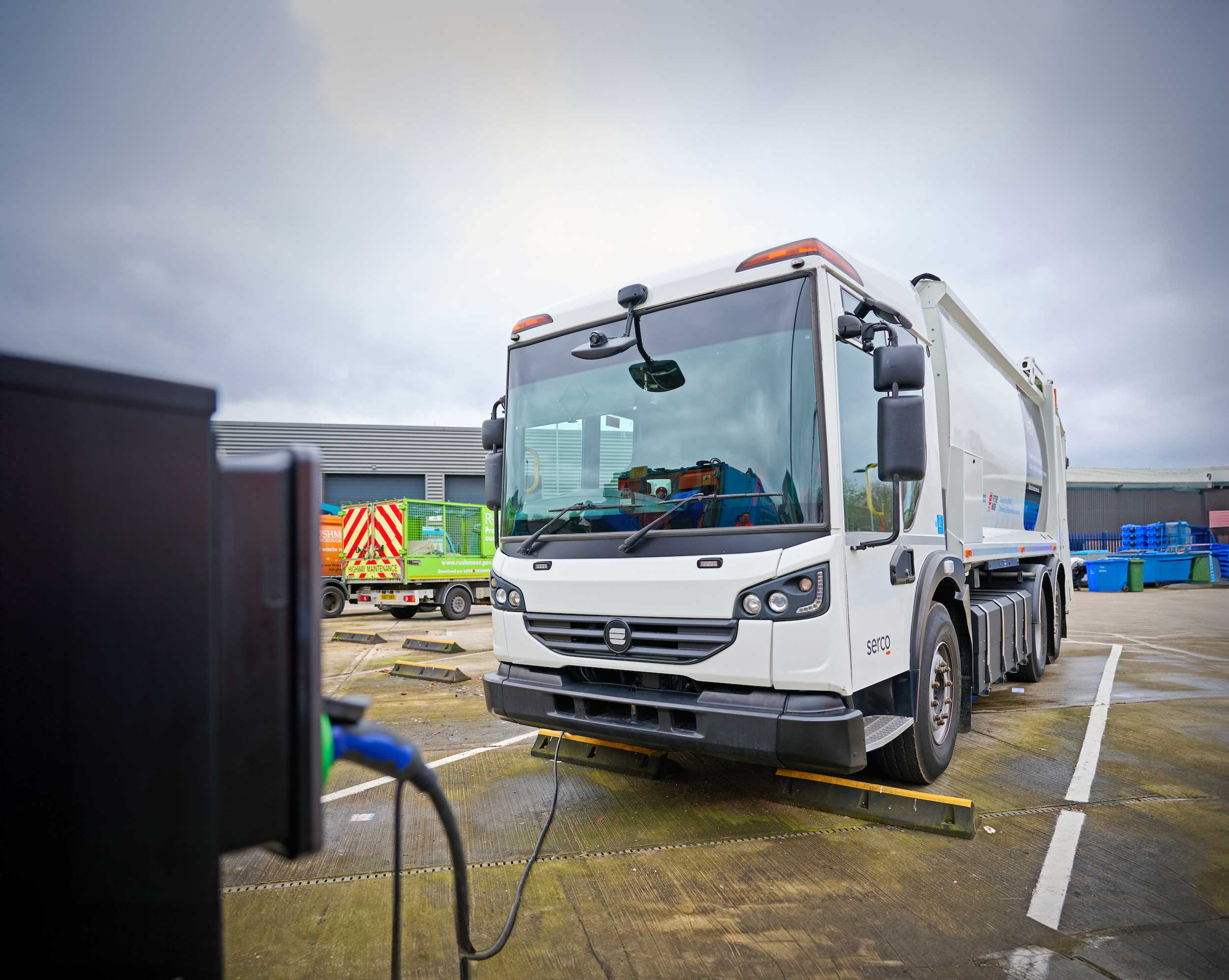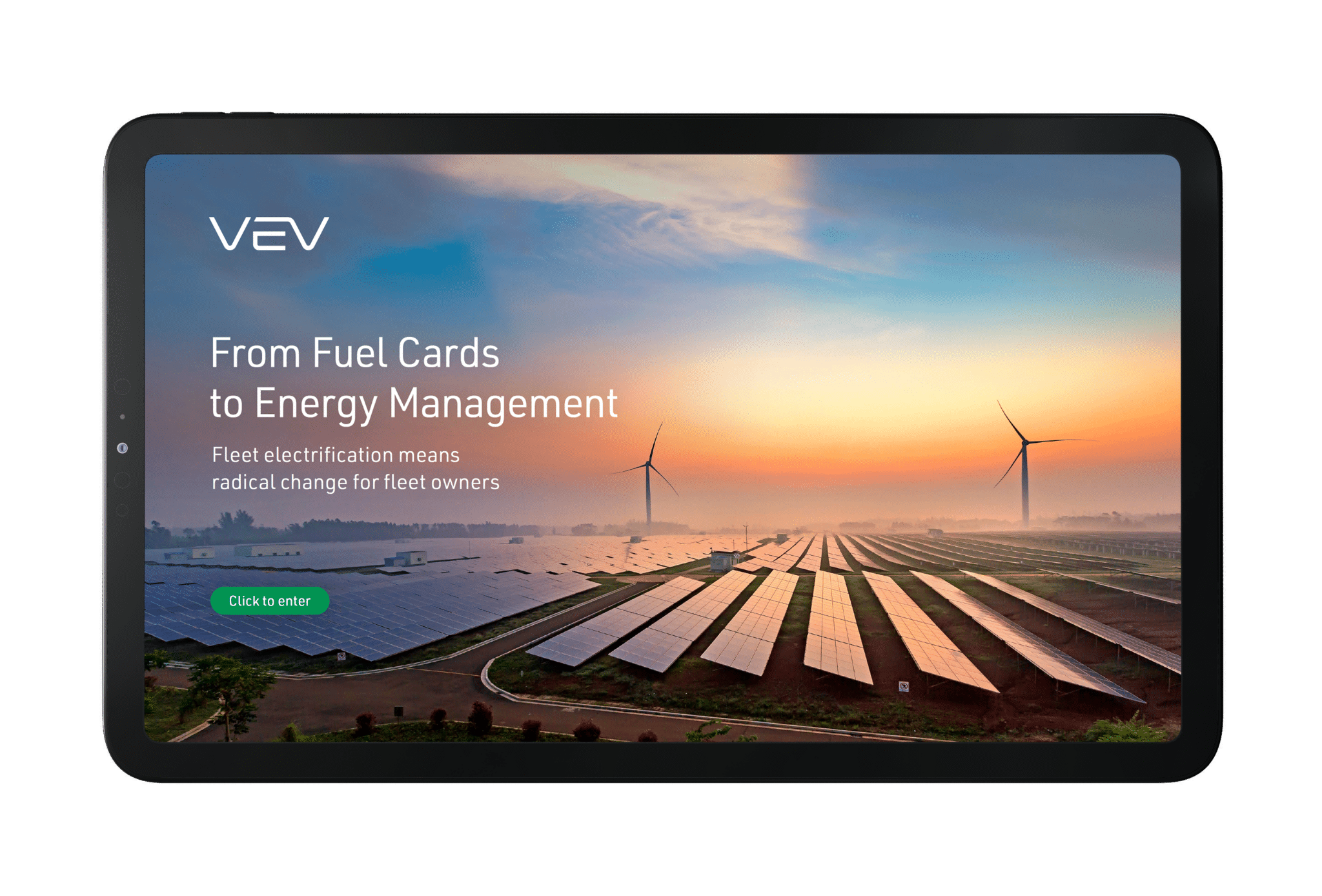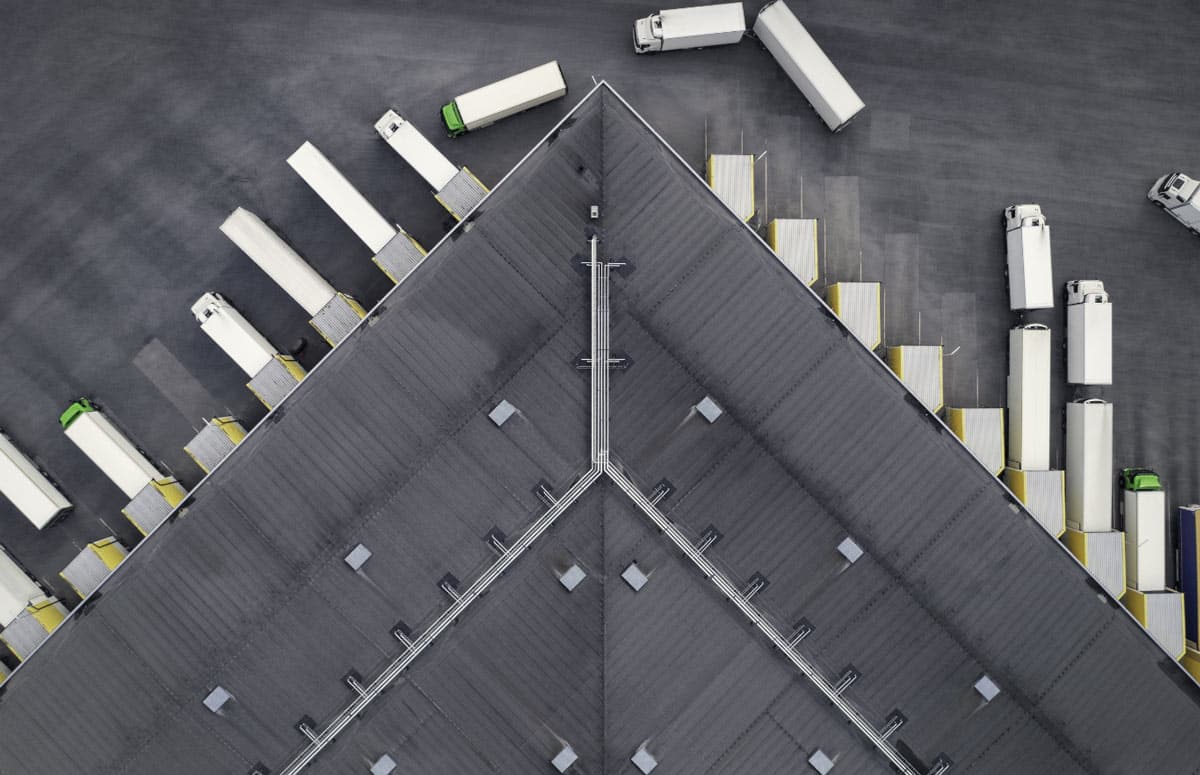Logistics Fleets
Net zero goals, air-quality regulations and scope 3 emissions have combined to make electric vehicles the technology of choice

Electrification as a Competitive Advantage
With shippers increasingly assessing freight providers against carbon compliance schemes and tenders setting ESG targets, switching from diesel to electric vehicles can be a business opportunity. Scope 3 emissions reduction is a major driver of change for fleets.
It’s essential to involve your drivers from the planning stage. Once people drive the EVs, there’s no going back – it’s quiet and smooth with no gear shifts, – and the depot is clean!

Costs and Financing
Upfront capex costs should be calculated as part of a total cost of ownership (TCO) model. EVs require less maintenance than diesel and there are other cost savings in how EV fleets are operated. Certain routes are TCO positive today – our analysis will show you which ones.

Other Considerations
Range and payload
We can model the actual payload & range to expect from your EVs. We’ll use conservative criteria to ensure realistic results and identify the operational levers that could extend range.
Power strategy
Power is a critical factor to be considered in the early planning phase. We can reduce power demand from the grid, through a micro-grid with solar power, battery storage and smart charging.
Digital first approach
Fleets must be willing to embrace the change and adjust operations to achieve the benefits and economies of scale. EV fleets are managed through data insights using new digital tools.




